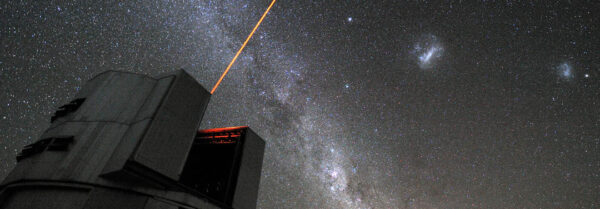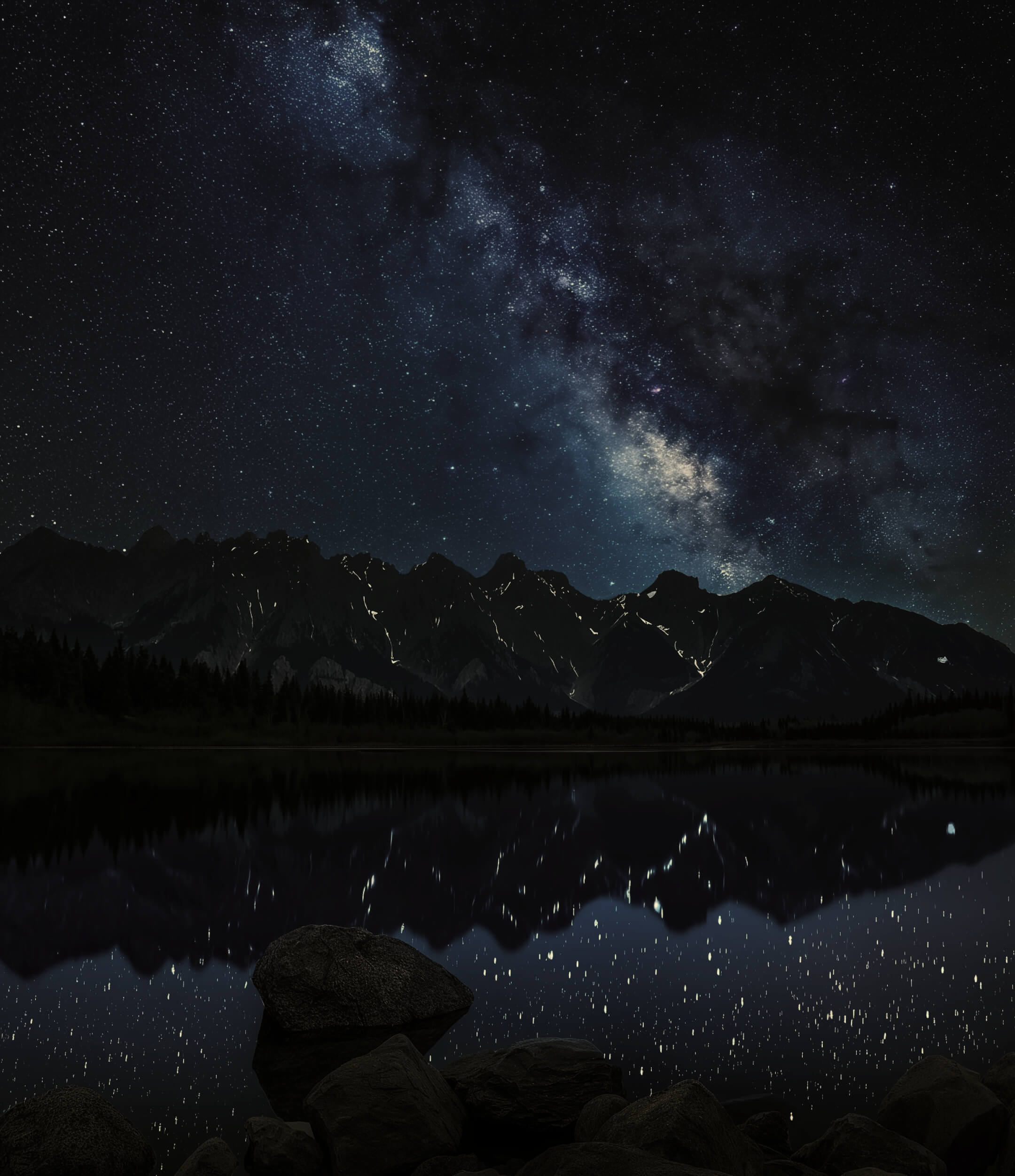Chile’s Contribution to World Astronomy


Posteado
Cielos Chile
schedule Wednesday 27 de March
Column published in El Mostrador
Every March, along with the autumn equinox in the southern hemisphere, National Astronomy Day is celebrated in Chile. This date has been chosen by the scientific community as the time to celebrate our country’s contribution to this science.
Chile’s contribution to world astronomy is significant and is currently recognized as an astronomical hub worldwide, thanks to the quality of its dark skies. Chile has more than a dozen astronomical facilities from renowned international scientific organizations, and we hope that in the coming years two megaprojects of great relevance to world astronomy will become operational: the Extremely Large Telescope of the European Southern Observatory (ESO), the Vera C. Rubin Observatory of the Association of Universities for Research in Astronomy (AURA), and we are also looking forward to the construction of the Giant Magellan Telescope.
With these megaprojects, Chile will consolidate its international leadership in astronomy. It is estimated that at the beginning of the next decade, our country will host 70% of the world’s astronomical capacity. This important figure is reflected in the significant amounts of foreign investment involved in the construction and operation of these large structures, in the growth of the national astronomical community, and in the productive development of the surrounding territories through associated activities such as astrotourism, which is expected to increase from 262,000 to 750,000 tourists by 2030.
These great advances at the country level also present important challenges, the main one being to halt the advance of light pollution that threatens the quality of our skies. Light pollution is the intrusion of artificial light that affects the natural brightness of the sky. It should always be remembered that the preservation of dark skies is an enabling condition for astronomical development.
The rate of increase in light pollution is growing rapidly. A study published in August 2023 in the journal Science reported that between 2011 and 2022 the brightness of the night sky on our planet increased by 9.6% per year, more than triple the increase in CO2 emissions for the same period.
Fortunately, Chile has taken concrete measures to address this issue. In October of this year, the New Lighting Standard will come into effect, which has as its main objective to control emissions from outdoor lighting to prevent light pollution. The application of the standard establishes differentiated deadlines according to the type of lighting and the geographical area of the country, considering whether they are new luminaires or their replacement. However, our call is to see the application of this new standard as an opportunity to promote sustainable lighting from now on, allowing people to carry out their activities in harmony with the care of their own health and the environment.
The possibility of having sustainable lighting systems must go hand in hand with individual and collective behaviors of good use of light, remembering these three simple principles: directing it downwards; controlling the intensity, and not brighter than necessary.
Our call is to inform ourselves about this regulation and contribute to conscious lighting. Dark skies are a heritage of our country and the world. Caring for them is not only a duty of astronomers but of all who are amazed to feel part of the universe in the immensity of the starry skies.
Daniela González
Executive Director Fundación Cielos de Chile

Subscribe to our newsletter
Receive relevant information about the skies of Chile every month
